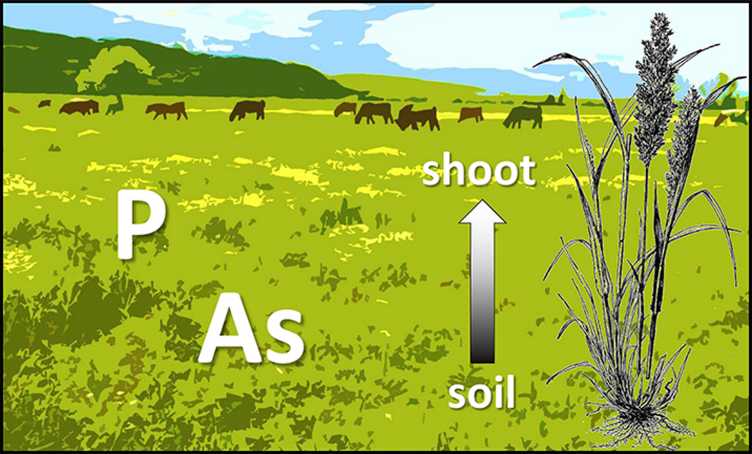Investigation of the soil-to-plant transfer of arsenic and phosphorus along a contamination gradient in the mining-impacted Ogosta River floodplain
Publication of Michael Simmler, Elke Suess, Iso Christl, Tsvetan Kotsev and Ruben Kretzschmar in Science of the Total Environment.

Riverine floodplains downstream of active or former metal sulfide mines are in many cases contaminated with trace metals and metalloids, including arsenic (As). Since decontamination of such floodplains on a large scale is unfeasible, management of contaminated land must focus on providing land use guidelines or even restrictions. This should be based on knowledge about how contaminants enter the food chain. For As, uptake by plants may be an important pathway, but the As soil-to-plant transfer under field conditions is poorly understood. Here, we investigated the soil-to-shoot transfer of As and phosphorus (P) in wild populations of herbaceous species growing along an As contamination gradient across an extensive pasture in the mining-impacted Ogosta River floodplain. The As concentrations in the shoots of Trifolium repens and Holcus lanatus reflected the soil contamination gradient. However, the soil-to-shoot transfer factors (TF) were fairly low, with values mostly below 0.07 (TF = Asshoot/Assoil). We found no evidence for interference of As with P uptake by plants, despite extremely high molar As:P ratios (up to 2.6) in Olsen soil extracts of the most contaminated topsoils (0–20 cm). Considering the restricted soil-to-shoot transfer, we estimated that for grazing livestock As intake via soil ingestion is likely more important than intake via pasture herbage.
external page http://www.sciencedirect.com/science/article/pii/S0048969716314942